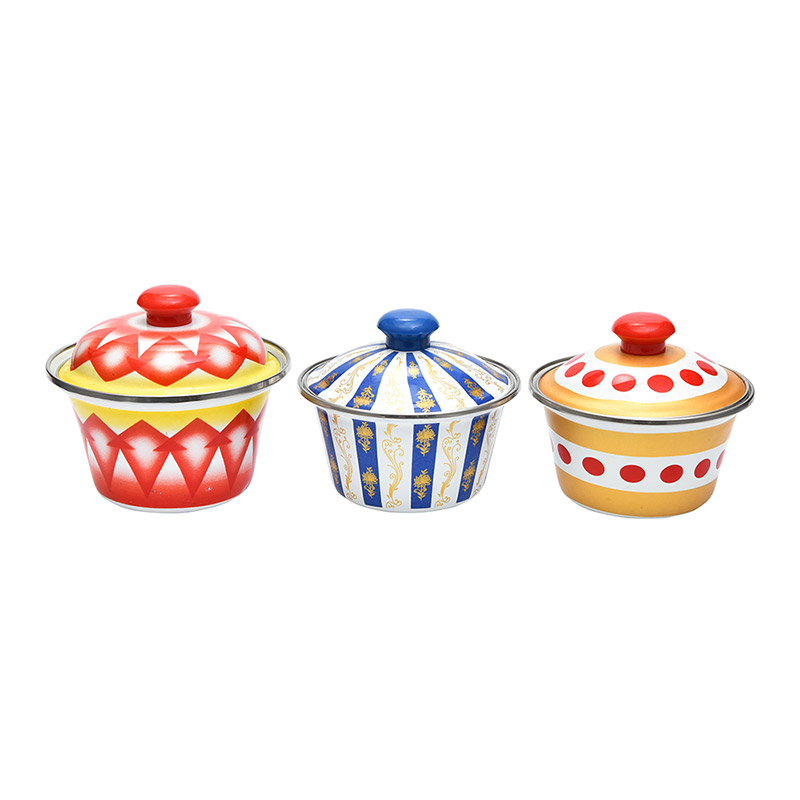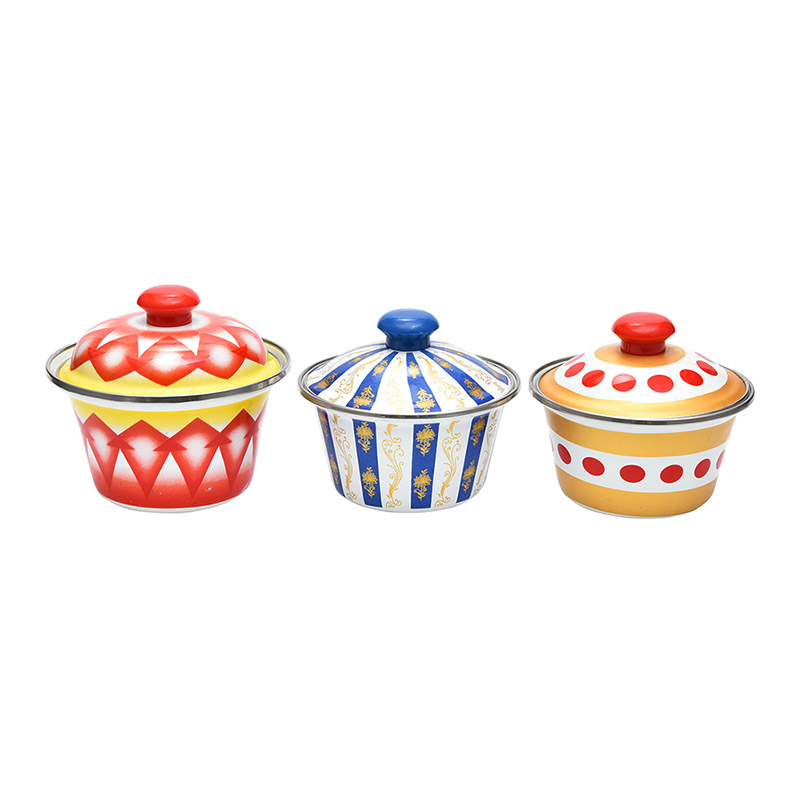What are the characteristics of Middle Eastern style products?

1、 Color and Pattern
Bright colors: Middle Eastern consumers generally prefer bright clothing colors such as bright red, yellow, pink, green, as well as traditional black, white, and gold. This color preference is also reflected in Middle Eastern style goods, such as furniture, textiles, etc., which often use these colors to create a warm and cheerful atmosphere.
Complex patterns: Middle Eastern style products often focus on details and decorations in their pattern design, such as intricate embroidery, beads, and gold threads. These elements are particularly common in textiles, such as the Alkbasi silk robe, whose fabric is often embroidered with exquisite patterns and decorations, showcasing the unique art and culture of the Middle East.
2、 Material and Craftsmanship
Natural materials: Middle Eastern style products often use natural fibers such as cotton, silk, etc. These materials are not only soft and comfortable, but also have good breathability and wrinkle resistance, making the product more comfortable and durable when worn or used.
Exquisite craftsmanship: The production of Middle Eastern style goods is exquisite, whether it is embroidery on textiles, weaving on fabrics, or carving and inlaying on furniture, all reflecting the craftsmen's superb skills and ingenuity. These techniques make the product more exquisite in appearance, while also increasing its cultural and collectible value.

3、 Design Style
Simplicity and practicality: Middle Eastern style products often pursue a balance between simplicity and practicality in their design, emphasizing both the aesthetic appearance of the product and its practicality and functionality. This design style makes Middle Eastern style products easier to match and use in daily life.
The integration of culture and tradition: Middle Eastern style products often incorporate Middle Eastern cultural and traditional elements in their design, such as Islamic architectural styles, traditional clothing styles and patterns, etc. The integration of these elements gives the product a modern feel while retaining the unique charm of Middle Eastern culture.
4、 Market positioning and consumer groups
Market positioning: Middle Eastern style products are often positioned as high-end and luxurious consumer goods in the market, with relatively high prices but better quality and design sense. This positioning gives Middle Eastern style products a certain status and value in the minds of consumers.
Consumer group: Middle Eastern style products are mainly aimed at consumers who are interested in Middle Eastern culture, pursue personalization and high quality. These consumers often have high cultural literacy and aesthetic standards, and have high requirements for product design, materials, and craftsmanship.
In summary, Middle Eastern style products have certain competitiveness and attractiveness in the market due to their bright colors, complex patterns, natural materials, exquisite craftsmanship, and simple and practical design style. At the same time, these products also carry the unique charm and traditional elements of Middle Eastern culture, bringing consumers a different cultural experience and aesthetic enjoyment.
